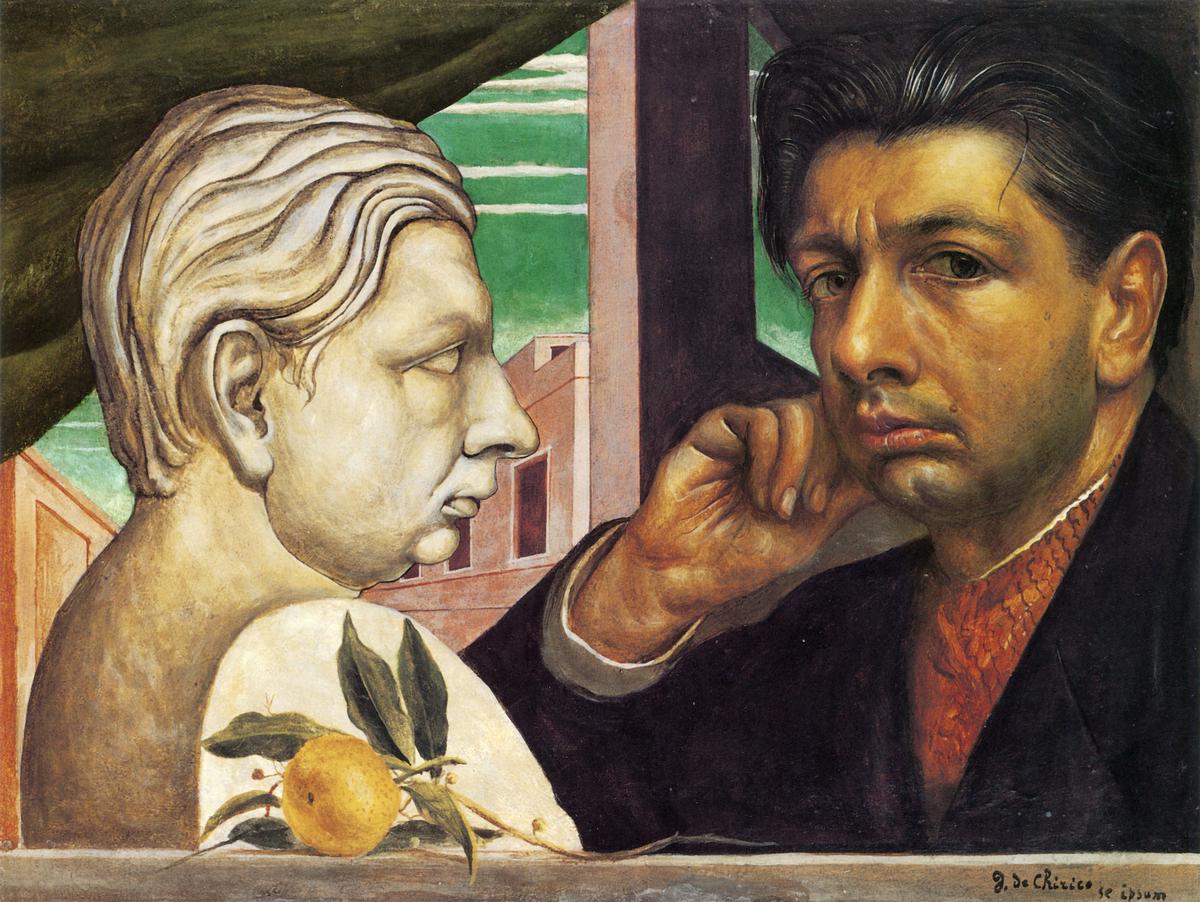The Evolution of Portraiture
Portraiture's history spans from ancient Greece to modern digital art. In ancient Greece, important figures were sculpted in marble, while Roman Egypt's Fayum portraits offer striking realism on wooden boards.
The Renaissance saw artists like da Vinci and van Eyck capturing not just faces but souls, as seen in the Mona Lisa and The Arnolfini Portrait. The Baroque period brought dramatic contrasts with Rembrandt and Velázquez, while the 18th century focused on elegance and aspiration in works by artists like Gainsborough.
The 19th century blended realism with impressionism, as seen in works by Courbet and Monet. The 20th century embraced abstraction and expression, from Picasso's cubism to Kahlo's self-portraits and Warhol's pop art.
Today, technology pushes portraiture further with digital art and virtual reality, changing how we define art. Each era shifts the focus, offering new perspectives on the human spirit.
Famous Portraits and Their Stories
Iconic portraits tell tales beyond their frames. The Mona Lisa, painted by Leonardo da Vinci in the early 1500s, continues to spark debates with her enigmatic smile. Vermeer's Girl with a Pearl Earring, often called the 'Mona Lisa of the North,' captures a moment of serene contemplation.
Jan van Eyck's The Arnolfini Portrait serves as a time capsule of the 15th century, filled with symbolism from the convex mirror to the carefully placed shoes. These works do more than capture likeness; they invite us to glimpse the depths of their subjects' worlds and reflect on our own experiences.
Symbolism and Meaning in Portraits
Artists use symbolism as a secret language in portraits, adding layers of interpretation. In Holbein's The Ambassadors, a distorted skull reminds viewers of mortality amidst worldly splendors. Klimt's Portrait of Adele Bloch-Bauer I uses gold to suggest transcendence and the merging of humanity with the divine.
Frida Kahlo's self-portraits, like The Two Fridas, explore duality and personal pain through Mexican cultural symbols. Andy Warhol's Marilyn Diptych plays with repetition to comment on celebrity culture and the commodification of identity.
As you examine portraits, look for hidden messages in details like hand placement or background objects. These elements often reveal as much about the sitter's world as any biography.
The Role of the Artist in Portraiture
Artists in portraiture are storytellers, transforming their subjects through unique techniques and interpretations. Leonardo da Vinci's sfumato technique in the Mona Lisa creates an ethereal ambiance, while Van Gogh's bold strokes in his self-portraits reveal his turbulent emotions.
Picasso's Cubist portraits, like Portrait of Dora Maar, deconstruct identity into multiple perspectives. Frida Kahlo's self-portraits are deeply personal, blending pain and resilience with cultural symbols.
Whether through Van Eyck's precision or Warhol's pop art style, artists imprint their signatures onto their work. They invite us to see not just with our eyes but with our souls, interpreting humanity in its many forms.

The Impact of Portraits on Popular Culture
Iconic portraits have woven themselves into modern pop culture. The Mona Lisa appears in ads, on T-shirts, and as memes, her smile a vessel for humor and speculation. Warhol's Marilyn Diptych mirrors our fascination with celebrity, adorning walls from cafes to galleries.
Kahlo's self-portraits have become symbols of individuality, appearing as tattoos and in art installations worldwide. Munch's The Scream embodies contemporary anxiety in cartoons and digital art.
Even advertising borrows from art, with products wrapped in Botticelli's The Birth of Venus promising allure, and Cubism-inspired logos encouraging a second look. These artful touches speak a universal language, bridging centuries and sparking cultural conversations.
Portraiture continues to captivate by reflecting humanity across time. These images connect us with history and culture, inviting us to see ourselves in the faces of others.
- Gombrich EH. The Story of Art. 16th ed. Phaidon Press; 1995.
- Janson HW, Janson AF. History of Art: The Western Tradition. 6th ed. Prentice Hall; 2004.
- West S. Portraiture. Oxford University Press; 2004.






















